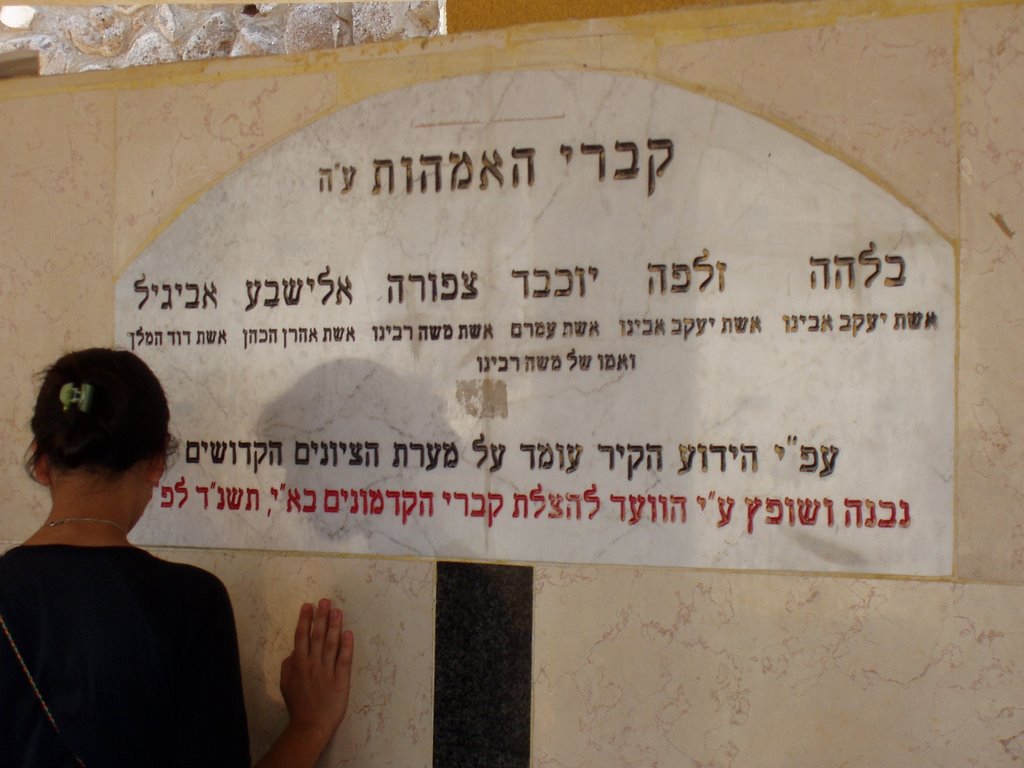Question & Answer With Dixie Yid - Higher Consciousness

A Simple Jew asks:
Rabbi Tzadok Hakohen of Lublin taught that whenever you think of Hashem, He is thinking of you. Hashem thinks of you in proportion to the amount of consciousness with which you think of him.
Additionally, in the name of his grandfather, the Baal Shem Tov, the Degel Machaneh Ephraim explained that the pasuk in Tehillim 32:2 אַשְׁרֵי אָדָם--לֹא יַחְשֹׁב יְהוָה לוֹ עָוֹן - Praiseworthy is the man to whom Hashem ascribes no sin... means that a person must be in constant state of deveykus in his thoughts to Hashem and at the very instant a person falls from this state of consciousness and does not think about Hashem it is considered as a sin.
How can people on our lowly level ever aspire to maintain such a state of consciousness when sometimes we can't even attain this level during davening?
Dixie Yid answers:
You are, I'm sure, familiar with the famous joke. One man walks up to another and says, "Can you tell me how to get to Carnegie Hall?" And the second man says, "Practice, practice, practice!" The only way for weak-minded and simple people like us to achieve awareness of Hashem is to, with guidance from a rebbe/Daas Torah, practice practice practice at inculcating ourselves with knowledge and awareness of Hashem's presence and involvement in the world in general and my life in particular all of the time. One method of practicing that, that I have been studying for about 2 years now is the method synthesized by the author of the Bilvavi Mishkan Evneh seforim.
I will try to give a highly truncated outline of the Bilvavi Mishkan Evneh author's program that regular people can follow (albeit with long term and daily commitments) in order to reach a level of consciousness of Hashem all of the time. There is a pre-step (developing the desire to connect with Hashem) and then three steps relating to consciousness of Hashem 1) Existence of Hashem, 2) Closeness of Hashem and 3) Hashgacha Pratis Mamash. There are also two main tools to attaining consciousness of these realities. 1) 1 hour of hisbonenus per day and 2) a few second of hisbonenus interspersed every few minutes throughout the day. First, I'll summarize the pre-step and the three steps. Then I will go over the two tools used to attain these 3 (4) goals.
Pre Step: In order to attain any level of consciousness of Hashem's reality, one must truly desire to attain such knowledge. Merely knowing that it is right and sometimes wanting it is inadequate. If one tries to take steps toward attaining consciousness of levels 1-3 while skipping the step of developing the cheishek to be daveik to Hashem, the other steps will end in failure, because one just won't have the desire to do the heavy lifting involved in the other steps without having enough ratzon to begin with. The pre-step involves thoughts and meditations revolved around developing, within one's self, the feeling that there is nothing at all that can possibly be better for me or bring me any happiness or goodness other than cleaving to Hashem. (V'ani, kirvas Hashem li tov!) After months (or years) of working on this, one is truly able to begin working on step 1.
Step 1 (Hashem's Existence): Although this seems simple and we all believe and know it, we are not conscious of this obvious fact the vast majority of the time. Step 1 involves thinking about the fact that Hashem exists. He is real and that he is the source of all created things in the universe. Without constant awareness of Hashem's existence, it is meaningless to talk about His immediate presence or Hashgacha Pratis.
Step 2 (Hashem's immediate presence): By doing meditations and tefilos gearing toward inculcating one's self with the palpable awareness that Hashem is right beside me all of the time, we attain step 2. If I know that Hashem is with me all of the time, I have a constant feeling of menuchas hanefesh on one hand, and fear and awe on the other hand. It prevents aveira. Without this step, one can feel that Hashem is only soveiv kal almin, that He's "out there" somewhere, a big CEO in the sky, directing the world, but not necessarily concerned with me in every single detail, which is the yesod of Step 3.
Step 3 (Hashgacha Pratis): Only when I am constantly aware of Hashem's existence and personal presence at all times can I begin to be conscious of the fact that every single tiny detail of my life is run by Hashem. And memeila, automatically arising out of that consciousness, I know that I can have no hope in any other source other than constantly davening to Hashem. I must be aware at all times that every particular item of food (out of the thousands I could have had) was chosen for me, every person who crosses my path, and how much the more so "big details" like who my spouse is, are all chosen by Hashem for me personally all of the time.
Method 1 (One hour of Hisbonenus per day): It's a big amount, but he says that without this big investment in G-d consciousness, any other steps will not be strong enough to get the person to these difficult levels of consciousness. Example: During this hour, one might go through a list of things in his mind, and derive out of each one how it ultimately is created by Hashem. "The tree in my front yard: Where did it come from? The seed of another tree. And where did that tree come from? A seed before it. Etc. Etc. till the very first tree. And who created that tree? It was made by the "Hand" of Hashem." And one can go on like that with every object in his life during an hour's meditation.
Method 2 (Brief periodic meditation throughout the day): He says that without the reinforcement of the idea one is working on during the hour throughout the day, the work of that hour will eventually be lost to a great extent, before beginning the hour again the next day. Therefore, he says that during spare seconds throughout the day while working, shopping, cleaning, cooking, playing, whatever... One must take breaks for 2-3 seconds to reinforce the idea from the morning hisbonenus. For instance, if I'm working on Hashgacha Pratis, and I'm buying groceries later that day, as I pick up one of the apples I plan to buy, I say to myself, "Hashem chose this apple to be the one to draw my attention, and he is the shadchan who matched up me and this apple at this moment because our unification was what He had in mind for me to fulfill my tachlis in life at this time." Such a thought takes only a couple of seconds, but if it is done every 15 minutes or so throughout the day applying the ideas one works on during his 1 hour of hisbonenus, then it is very powerful.
In the Bilvavi seforim, he makes it very clear that this is not a quick or an easy method, but one that takes many years to fully take effect within the person. He also says that nothing he says is new or his own idea. Everything is rooted in the seforim hakedoshim and this is the reason that he cites almost no sources throughout the Bilvavi seforim. He says that since nothing that he teaches is a chidush, the sources would make the seforim an academic or intellectual exercise. They are not meant as a source for more study or ma'areh mekomos. Rather, they are meant to teach a derech hachaim that will totally transform one's life, if practiced.
The steps I outlined are only a partial outline of what he teaches in these seforim. For the full program, if you are interested, you can find the Bilvavi seforim in Hebrew at MySefer.com and Volume 1 in English here.
Regardless of the method we use to be constantly aware of Hashem's presence with us and his Hashgacha Pratis (Bilvavi, Tenai Hanefesh, Hisbonenus, Hisbodedus, etc.), may we all merit to fulfill the pasuk "V'chol ha'aretz da'ah es Hashem k'mayim l'yam machasim," that knowledge of Hashem will cover the earth just as the water covers the sea.


.jpg)
.jpg)
.jpg)
.JPG)
.JPG)
.jpg)
.JPG)



 Tehillim 101
Tehillim 101




















.jpg)
.JPG)
.JPG)
.jpg)

.jpg)
.jpg)
.JPG)
.JPG)
.JPG)













